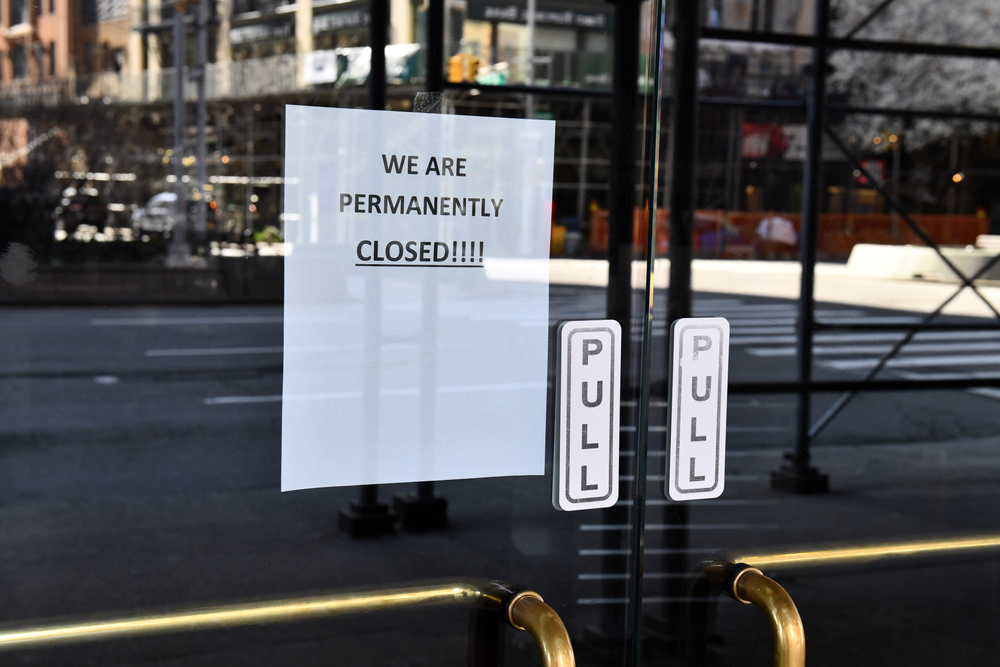(OPINION) Over 2,000 stores across all retail sectors have closed in the past 12 months according to a recent report from UBS retail analyst Michael Lasser (available to pro subs in the usual place), and that is just the beginning.
“As of 3Q’22 (latest available data), retailers shed -1,500 net stores. This number is already up significantly in ‘23 with the likes of Bed Bath & Beyond, Foot Locker, Tuesday Morning and others closing stores recently” the UBS economists wrote.
“We believe this trend should continue in the years to come, with consumers consolidating their trips and shifting towards online channels. As underperforming retail stores are shuttered, it should help the store productivity of surviving locations,” the report authors said, and predicted that over the next 5 years, “another 50,000 stores will close on the current store base of ~940K stores in the US (ex. gas and food service).”
This simply implies that there will be -5% fewer stores by the end of ’27. As this happens, we believe this trend will benefit the large, well-capitalized retailers HD, LOW, WMT, TGT, COST) and those with unique differentiations (FND, ASO, EYE) who stand to capture a disproportionate amount of market share.” In other words, just like with US banks, the big players will only get bigger while the small ones disappear.
To put this in perspective, UBS calculates that assuming 50k stores close over the next five years and that the average sales per store is $5.7mm, it would translate to $285b of retail sales that are “up for grabs”.
Assuming that 26% of these sales go online (the bank’s ’27 estimate for penetration), it would mean that retailers like WMT, HD and COST have the potential to attract $210b in sales. This translates to $1,600 annual spend per household that has the potential to shift to the leading retailers.
The good news for big retailers is bad news for the small ones: In our view, these smaller chains and mom & pops are most at risk of closure given these firms typically have less access to capital needed to invest in developing a robust omni-channel offering.
As of 2020, 57% of retail stores are operated by firms with less than 20 employees, and 68% of stores are operated by chains with less than 500 employees. These smaller chains shed -40K stores in the past 10 years while chains with 500+ employees added 17K stores.
According to PNW, It could get even worse: the base-case scenario assumes that retail sales growth continues at 4% annually which is inline with the long-term trend. However, in a downside case, the protracted US recession would put downward pressure on the UBS store closure forecast where if retail sales only grow 3.0-3.5% it would result in 70K-90K closures
UBS highlighted several factors that are driving retail store closures. They include higher costs, which raise the bar for keeping stores open; a decline in units per store in most retail sectors; and the likelihood that store closures will disproportionately affect smaller chains.
From 2007 to 2019, firms with less than 500 employees closed about 40,000 stores, or 5% of their base, while retailers with more than 500 employees added 17,000 stores. The overall cost of doing business rose significantly in the last 12 months, due in part to higher wages. Retail hourly wages, which are typically the largest cost component of running a store, increased about 5% over the last years, the analysts said.















